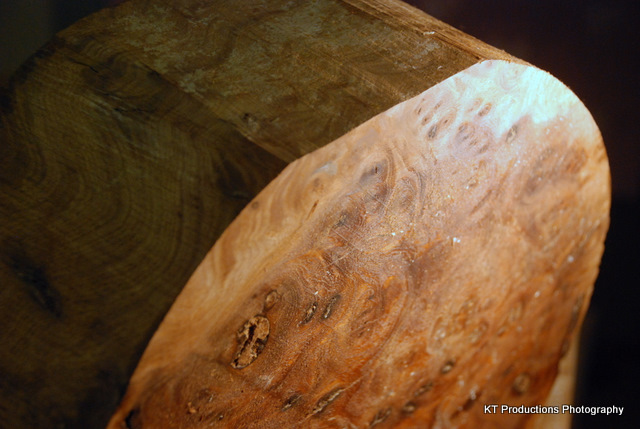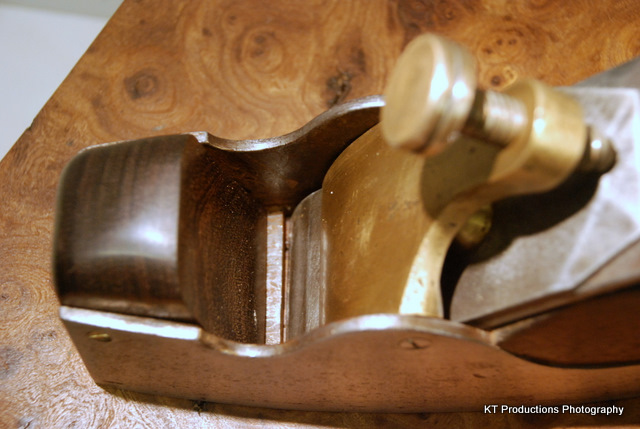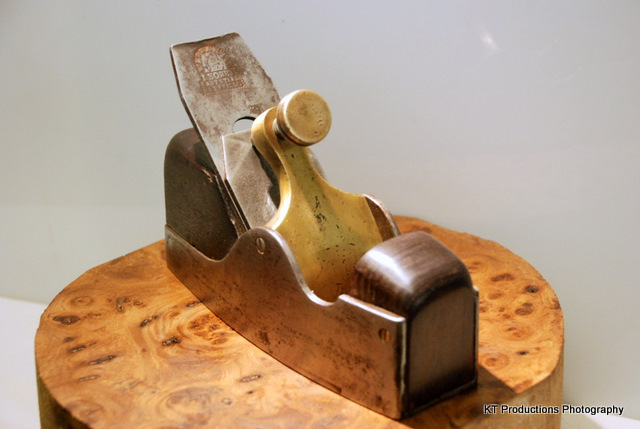This is a continuation of my thread asking about re-enforcing this plank, which I'm going to use for an old pendulum and weights clock mechanism. It's about 1 metre long and 400mm at it's widest. It's been thicknessed to 23mm rather roughly.

The problem area is this, and I'll get round it by temporarily screwing some support on the back while working on it.

Once finished I can take the support off and there will no stress once the clock is mounted and the unit hung.
My question is that I come from the round world where sanding and polishing is made easy for you. I'm not so confidant about it in the flat world and would appreciate some guidance. I should be able to get access to a drum sander which will take out the planing irregularities, and I assume after that it is a case of sanding through the grades with an orbital sander - to what grade ? and how do I tackle the burry bark bits ?
And finally, but I'm sure it won't be, what finish should I be considering ?
Thanks
Rob

The problem area is this, and I'll get round it by temporarily screwing some support on the back while working on it.

Once finished I can take the support off and there will no stress once the clock is mounted and the unit hung.
My question is that I come from the round world where sanding and polishing is made easy for you. I'm not so confidant about it in the flat world and would appreciate some guidance. I should be able to get access to a drum sander which will take out the planing irregularities, and I assume after that it is a case of sanding through the grades with an orbital sander - to what grade ? and how do I tackle the burry bark bits ?
And finally, but I'm sure it won't be, what finish should I be considering ?
Thanks
Rob







































